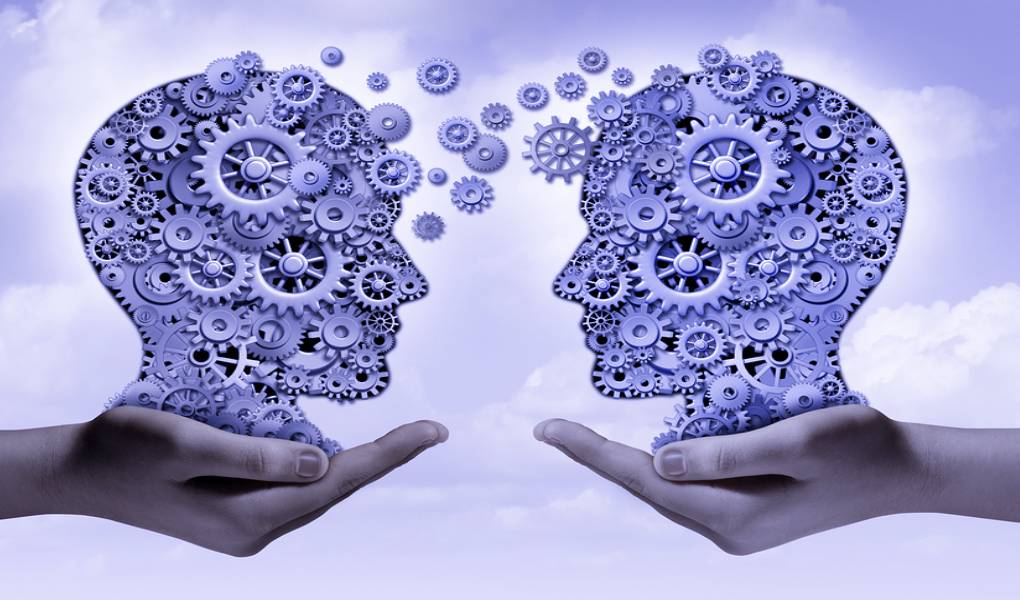Neuroeconomics is a young department that deals with the analysis of business and purchasing decisions and assists in the strategic management of companies.
Neuroeconomics – a combination of psychology and economics that brings demonstrable results
The standard procedures of companies are based on economic strategies that address demonstrable risks, profits, losses or environmental impacts. However, there has been talking abroad about neuroeconomics and behavioral marketing in recent years. Neuroeconomics seeks to evaluate the business, purchasing or investment decisions from the perspective of economics, biology and psychology. The department that examines the conduct of business negotiations, shopping in a store or investing on the Internet is still in its infancy, so it is very complex and expensive to apply in practice.
Behavioral marketing, in turn, examines the reactions and stimuli that influence shopping behavior. The impacts on customers, investors, competitors and business partners are not always quantifiable. They need to be examined, especially from a psychological point of view, so the connection between psychology and economics is essential for companies.
The new field, neuroeconomics, is still in its infancy instead of neuromarketing. Neuromarketing examines motivation in shopping behavior and brain activity in purchasing decisions.
It is much easier to apply in practice when observing shopping behavior in a store or e-shop, thanks to an eye camera. In neuroeconomics, the connection between the study of economic theories and brain activity is challenging. Observing the company’s investment decisions and business negotiations are challenging to practice so that the measurement results are not distorted. At present, however, we know the basic model situations of behavior that can serve us in practice.
How Neuroecoma Helps To Study Business Behaviour
Based on a combination of economic theories and demonstrable biological measurement results, today, we can assess whether to predict behaviour much more quickly. Magnetic resonance imaging and electroencephalography are slowly becoming part of marketing.
Such measurements are time and money consuming but are used during the monitoring of investment decisions on the Internet, purchasing decisions in the store, and during the business negotiations of the company when we monitor selected respondents in experimental model situations. Measurement and observation need to be tailored to the specific requirements and results we need to obtain.
How To Use Neuroeconomics – Aspects Affecting Business Decisions In Different Model Situations
Imagine that your business partners find themselves in a situation where they have to take risks that can lead to losses. Based on neuroeconomic research, it is possible to define a wide range of processes and business responses that would vary depending on the market in which they operate, expected value, preferences and periods, so here are two conflicting examples.
The two basic models of likely reactions from the opposite types of traders you may encounter are well-established traders and traders looking for new risky situations.
An outstanding segment is investors, who often have so-called risk aversion when they fundamentally start avoiding risky situations and look for well-established procedures.
The habits and results tend to be primarily positive, which evokes a sense of security. We always tend to take the usual steps and avoid risks. Repetitive activities preserve memory traces in our brains, which subconsciously lead us to simplify established processes and strategies.
On the contrary, when dopamine increases in the brain, we forget the rationale and look for risky situations. We long for something new and make adrenaline decisions that will either “shoot well or lose solid ground under your feet.”
We need to realize what we have to give up if we want to get something new in both cases. Are we willing to wait for a certain period, or do we want it immediately, even if under the threat of losses and risks? Based on the measurement of brain activity and monitoring of reactions, we can evaluate, after specific periods, which type of decision different types of traders, investors, or regular customers resort to.
Also Read: Marketing Investment – The Optimal Marketing Budget
